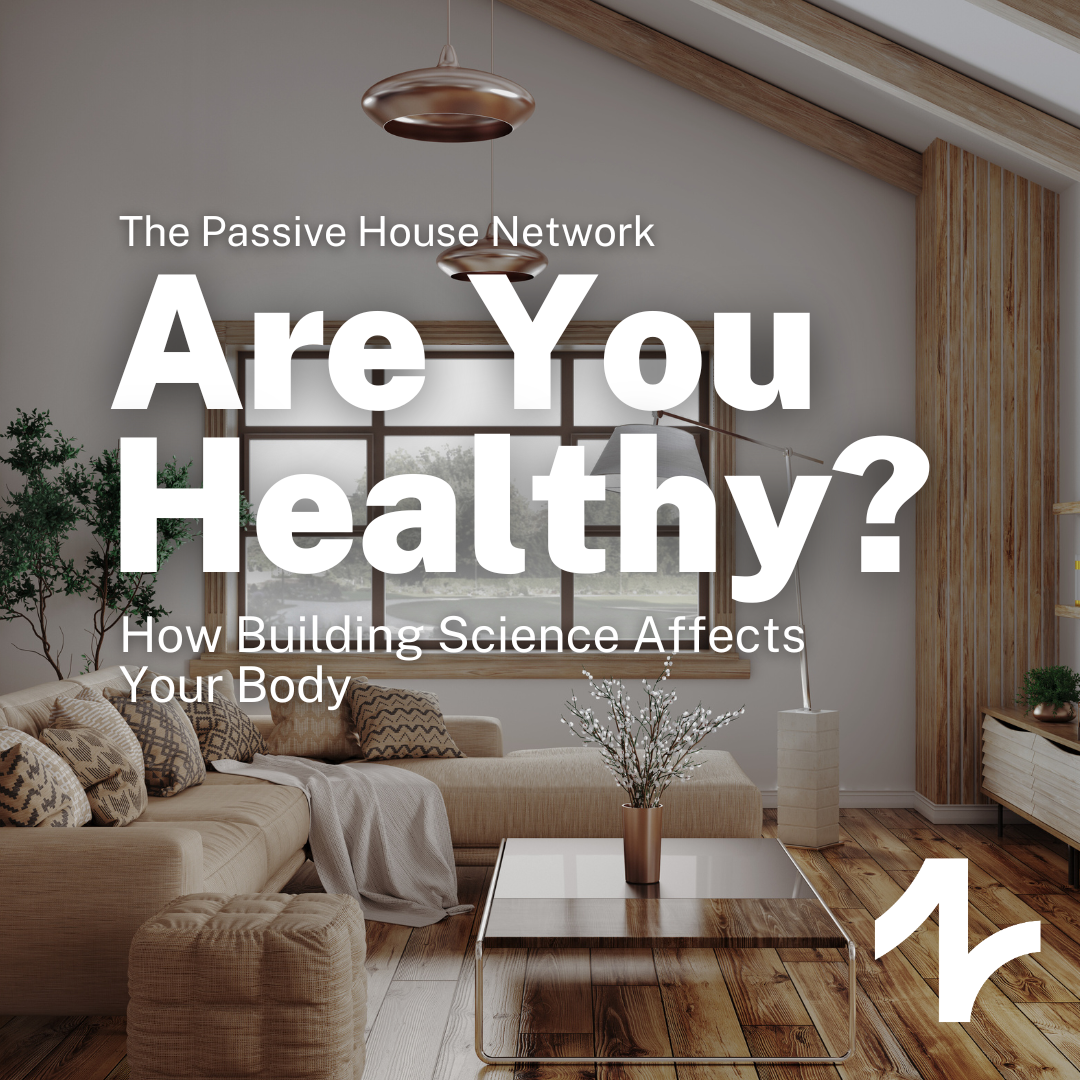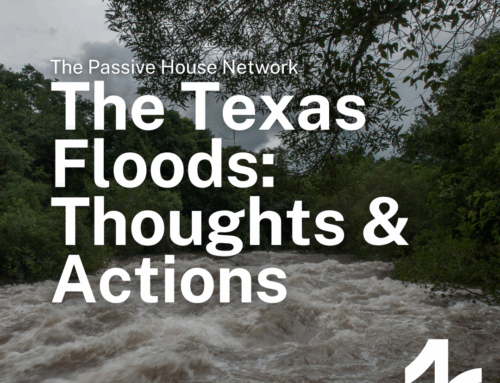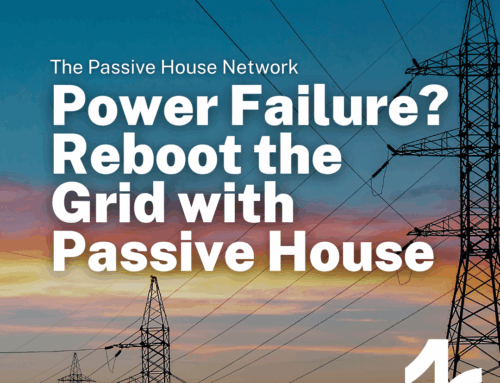Are You Healthy?
How Building Science Affects Your Body
An unhealthy environment? In your standard building? It’s more likely than you think.
Your body notices when the environment around you isn’t the best for your health. Maybe you wake up sneezing during the height of allergy season. Maybe when the wildfire smoke rolls in, you get a little wheezy. Maybe you’re one of the many Americans with an increased risk of asthma because you grew up in a house that couldn’t keep out pollutants. Maybe your air is too dry in the winter, causing dry eyes, dehydration, and skin issues.
According to the World Health Organization, poor indoor air quality can increase your risk of stroke, ischaemic heart disease, chronic obstructive pulmonary disease, lung cancer, and pneumonia, with additional studies linking air pollution exposure to an increased risk for adverse pregnancy outcomes, diabetes, cognitive impairments, neurological diseases, and cancer.
And if you already have respiratory issues, there’s a chance the building could be exacerbating your symptoms. It’s estimated that around 70% of homes contain mold, including schools and hospitals. It’s a problem that’s more common than lead paint or asbestos, and it might be the secret culprit behind your itchy eyes, sore throat, or skin rash.
We diet and exercise to lower our risk of health complications, but what about our built environment? Chances are, if you live, work, or learn in a standard building, there are major improvements to be made to reduce pollutants and eliminate mold. Since we spend more than 90% of our time inside, these building problems are a serious oversight in keeping ourselves healthy.
Luckily, there’s a solution. The Passive House standard allows you to take control of your surroundings, providing you with indoor air that’s fresh, clean, and at healthy humidity levels. The Passive House standard is a hygiene standard.
We Need Better Ventilation
You might be asking, “Won’t ventilation take care of all of these problems?” but the reality is that ventilation in a standard building typically isn’t enough. These buildings often provide incomplete, intermittent, and recirculated ventilation air that relies on enclosure leakage, resulting in little quality control.
Compare this to the Passive House standard, which requires continuous, balanced, and filtered airflow that keeps every room inside refreshed. These air changes happen efficiently with highly efficient heat recovery, ensuring the continuous fresh air it brings in is comfortable.
Combined with an airtight membrane around the entire building, these systems keep allergies, dust, smoke, and other pollutants out while preventing stale air from settling inside, keeping you healthy, alert, and focused all day. High C02 levels are a thing of the past, which means you can skip your afternoon nap and stay on task.
And, if you’re worried that Passive House standards might prevent you from opening the windows when the weather is nice, think again. The idea that Passive House building standards prevent you from opening your windows is actually a myth recently seized on by a certain show we just couldn’t stop watching. Passive House buildings include operable windows that can be opened when outdoor conditions permit.
Humidity and Mold
It’s not unusual for the relative humidity of a standard buildings’ indoor air to drop to 25% or lower in winter as dry winter air moves uncontrolled through the enclosure leaks. This air is uncomfortable, dries the skin, and dehydrates mucous membranes, making it easier for you to get sick. Humidity is critical to good health, but like Goldilocks we don’t want too much or too little. In a Passive House we can put the target humidity level into the the PHPP energy model and tune the ventilation system (and any cooling and dehumidification needs) to the occupancy. In typical winter conditions we can expect the relative humidity of the indoor air in a Passive House to be in a comfortable and healthy range of 40-50%.
But if, in winter, we have higher indoor humidity and a poorly performing enclosure, the interior surfaces of the exterior enclosure can become cold enough to instigate mold. Mold is a pesky problem, and it’s more persistent than you may realize. It can grow behind that vinyl wallpaper, around window and door frames, at exterior corners of the room, and many other places. And it’s not just a cosmetic problem–mold spores can contribute to a variety of respiratory illnesses, including an increased rate of asthma.
The Passive House standard also provides the solution to this hygiene quandary. The standard requires that the exterior enclosure’s interior surface temperatures never get cold enough to cause a problem by examining the weakest links in the enclosure: those locations where there are potentially thermal bridges, such as around window frames and at enclosure intersections and penetrations.
What’s Your fRsi?
Like an athlete looking at muscle strength and flexibility for weaknesses that undermine physical performance, Passive House examines those details of weak thermal construction with something called fRsi. fRsi is a unitless factor between 0 and 1. If the interior surface temperature were to match the indoor air temperature (which is physically impossible), the fRsi factor would be 1. If it were to match the exterior temperature (also impossible), the factor would be 0. To ensure sufficient strength and warm enough indoor surfaces, the colder the climate, the more stringent the fRsi value must be. If the interior surface temperature presents a risk for mold, the project isn’t certifiable until the design details are revised and strengthened.
The Hygiene Standard
Good building hygiene is a critical component in supporting people’s good health and well-being. PHI and the Passive House standard take this mandate seriously and make it define key certification criteria of surface temperatures, airtightness and ventilation performance for the buildings we live, learn, and work in. For better health, build with Passive House, the Hygiene Standard.
We’re on a mission to deliver as many healthy buildings as we can, and you can help. Learn more about Passive House and become a Certified Passive House Designer so you can join us and keep your community healthy.





